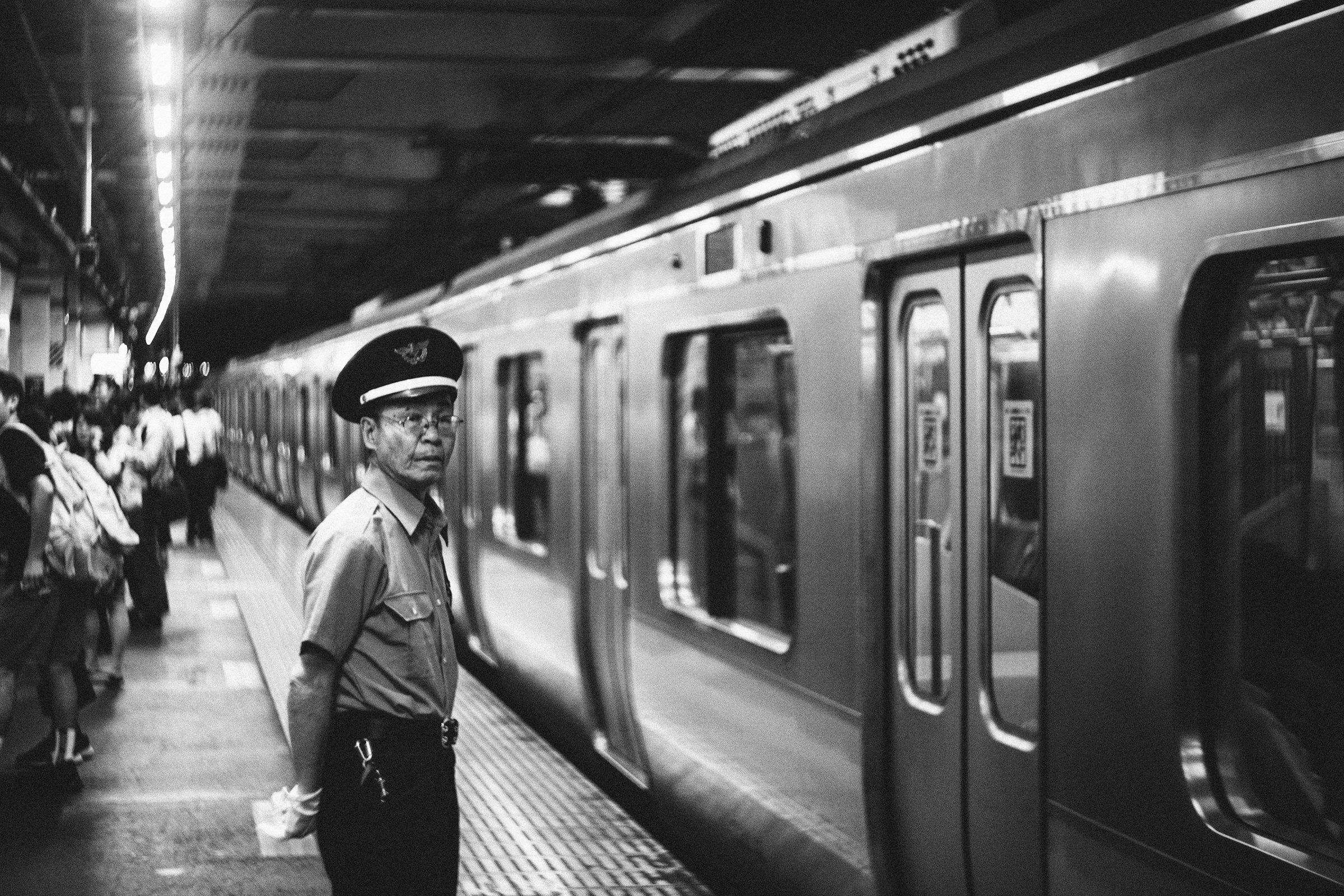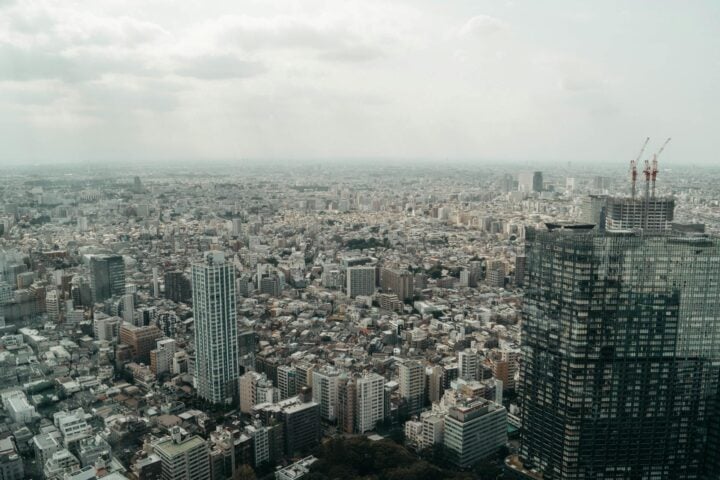In a bold move to improve commuter efficiency, the Tokyo Metropolitan Government has announced the replacement of escalators in major metro stations with high-performance trampolines, promising faster, more dynamic exits for passengers.
A Leap Toward Innovation
According to city officials, traditional escalators were deemed “too slow” for Tokyo’s high-speed lifestyle, leading to the unconventional decision. Transportation Minister Yuto Tanaka praised the initiative, stating, “We are revolutionizing urban mobility. Why waste time walking when you can bounce your way to freedom?”
Each trampoline is carefully installed at the base of escalator shafts, allowing passengers to launch themselves toward street level with minimal effort. Engineers assure the public that the trampolines have been rigorously tested, though results have been mixed.
Unexpected Consequences
While officials remain optimistic, reports of unintended outcomes surfaced within hours of implementation.
- Shinjuku Station: Multiple commuters overshot exits, landing directly inside a nearby ramen shop.
- Ikebukuro Station: A businessman carrying coffee failed to stick the landing, spilling his drink across three unsuspecting bystanders.
- Shibuya Station: Tourists were seen attempting to record “mid-air selfies”, causing congestion at exits.
Social media erupted with videos of passengers accidentally bouncing into taxis, hitting street vendors, and even performing acrobatics unintentionally.
Public Reaction & Government Response
Despite widespread amusement and confusion, reactions have been divided. Some commuters support the trampoline policy, with one local praising it as “The most fun I’ve had since my childhood birthday party.”
Others argue the unexpected flight paths pose safety hazards. One frustrated salaryman tweeted, “I just wanted to go to work, not launch into the stratosphere.”
Facing pressure, city officials announced an “Exit Training Program”, offering instructional sessions on proper bouncing techniques and safe landing zones.
What’s Next?
The government remains committed to the program but acknowledges adjustments may be necessary. A proposal to install “safety nets” and directional signs mid-air is under review. Meanwhile, citizens are advised to “aim carefully” when using metro exits.
Despite the growing injuries, some Tokyo residents are embracing the change, with trampoline enthusiasts suggesting a competitive league for the best metro landings.
Whether Tokyo’s bold experiment will truly enhance urban mobility—or simply turn morning commutes into a chaotic circus—remains to be seen.




